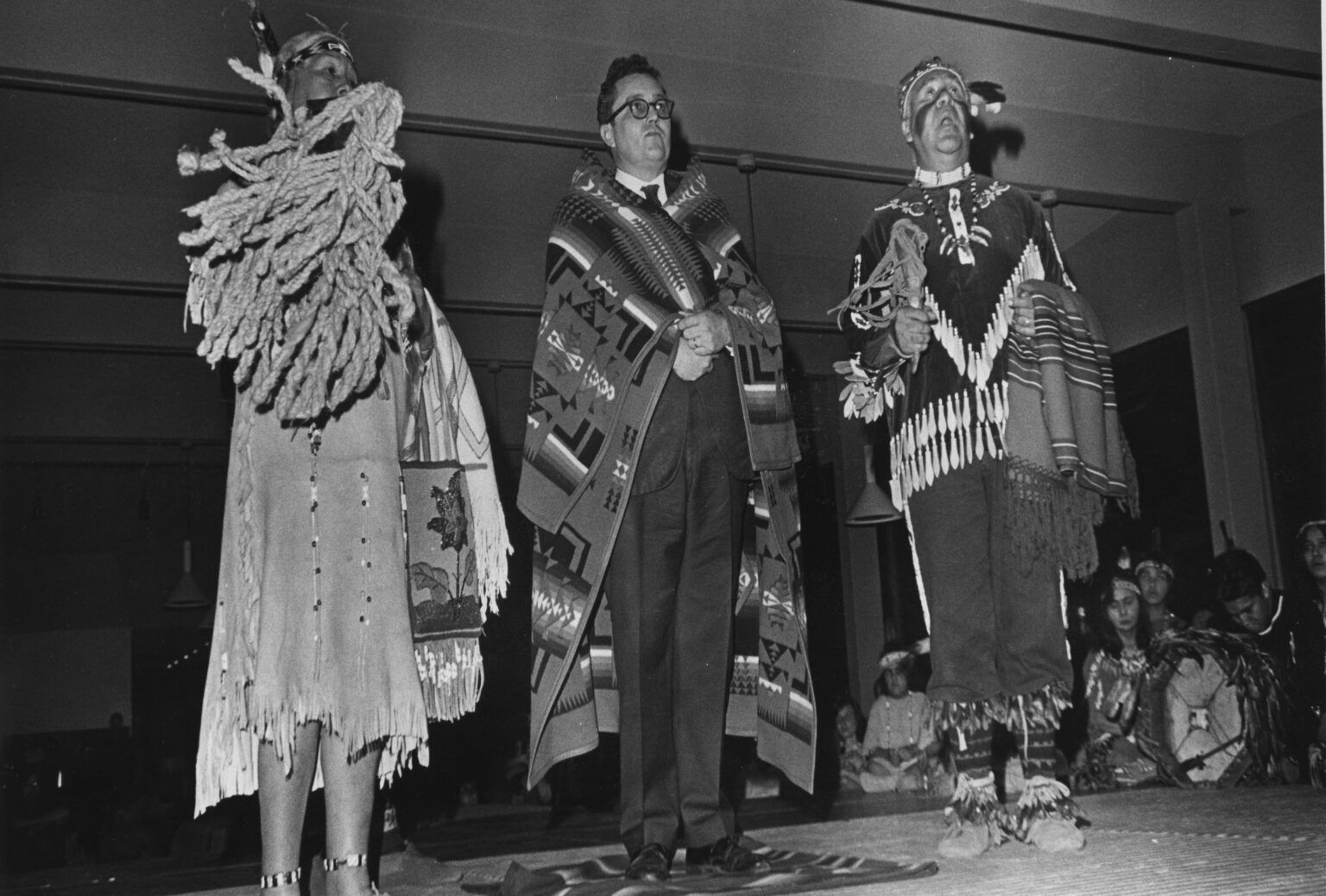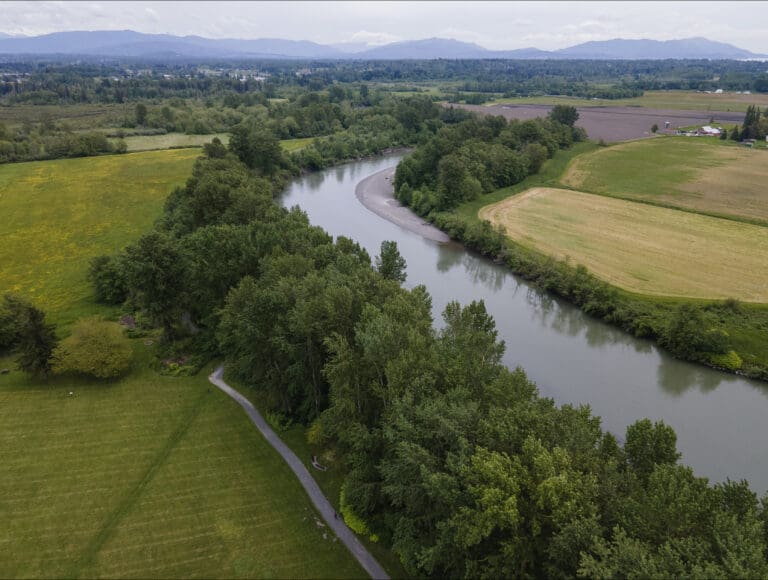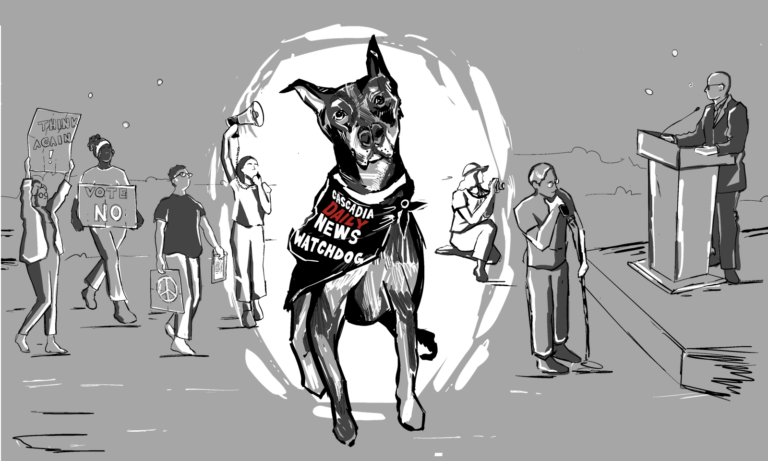Three decades after a federal law required institutions to return “cultural items” and remains to their Indigenous nations, Western Washington University still possesses a vast majority of its collection.
Since 1990 and the passing of the Native American Graves Protection and Repatriation Act (NAGPRA), any institution receiving federal funding must return “cultural items” and remains to American Indian tribes, Alaska Native villages and Native Hawaiian organizations.
Western was among the more than 600 institutions nationwide in possession of more than 210,000 remains, according to the Repatriation Database released by ProPublica in January.
More than 30 years later, roughly half of those remains have not been “made available for return” — meaning the institutions have not been able to identify the origins of the remains, claims haven’t been made by Indigenous groups or the colleges and museums have not been able to dedicate the time or funding to further comply with NAGPRA.
In 1996, when Western self-reported its collection to the National Parks Service in compliance with NAGPRA, they possessed 92 remains, alongside 34 funerary objects, as documented in the ProPublica database. It reported 67 remains from Whatcom County, four from Skagit County, three from San Juan County and one from Tillamook County in Oregon.
“Bringing our ancestors back home to where they belong – that’s a huge thing.” – Jojo Jefferson, the Swinomish Tribe’s historic preservation officer.
Today, the anthropology department at Western reports 63 remains are still in their possession.
To follow NAGPRA guidelines, institutions are required to submit a “notice of inventory completion” to the Federal Register of the U.S. when the organization concludes that a remain likely came from a specific region or Indigenous group.
The earliest and only notice of inventory from Western arrived in May 2022 when the university made three remains available for repatriation to the Swinomish Indian Tribal Community. Anthropology department chair Judith Pine said while the tribe has not made a “formal claim” yet, they continue to work closely to repatriate the remains.
Representatives from the Swinomish Indian Tribal Community said Western had been in touch about reclamation of the three remains, but complications from the COVID-19 pandemic and personnel issues have delayed the return.
The tribe is in the process of reclaiming ancestral remains from institutions across the country, including from research institutes and museums in Pennsylvania, Virginia and Missouri.
“They took possession of our ancestors as a scientific study, and did not treat them as humans,” said Jojo Jefferson, the Swinomish Tribe’s historic preservation officer. “Bringing our ancestors back home to where they belong — that’s a huge thing.”
The 2022 notice of inventory accounts for just 3% of Western’s remains, according to the ProPublica database, one of the lowest return rates across institutions in Washington. However, Western said it returned additional remains in accord with existing agreements made prior to 1990 and the passing of NAGPRA.
“It did not reflect the repatriations that have been conducted over the years as per pre-arranged verbal agreements with our tribal partners,” Pine said in an email. “While the work of repatriation has been completed in this case, reporting of this data was only recently brought up to date.”
Some universities and museums, like the Burke Museum at the University of Washington, had the resources, staff and knowledge to effectively repatriate the remains. As of 2019, UW had made almost 100% of remains available for return: of the 282 remains in the university’s collection, 281 have been made available for return. Between 2008 and 2016, Washington State University has made 96% of remains available for return. Central Washington University has 69% available, and Eastern Washington University has 81% available.
Western and its faculty have continually asserted their efforts to work with local tribal partners to repatriate remains. The remains, they stated in an FAQ, are “stored with care and respect in a restricted-access room” and not used in classroom or research settings.
Pine also said when trying to determine the origin of remains, they rely on “culturally-driven processes” – the desire of tribal partners — by looking at locations of origin and the tribes that inhabit the area, oral history and other ethnographic information. The university avoids more destructive forms of analysis, such as DNA analysis.
“Connecting materials from archaeological excavations with historic tribal homelands within our region is an important element of the work of repatriation,” Pine said.
Western said it attained the remains through archeological excavations, construction projects and other events prior to 1990. The institution also expects to continue to host remains on an interim basis that are found in future excavations and events.
In 1977, a Western archaeological fieldwork team took more than 40 human remains from a dig site without the knowledge of the Lummi Nation, according to a 2011 story by The Front, Western’s student newspaper. The university returned the remains in 1981 and a memorandum of agreement was created in 1999 between Western and the Lummi Nation that the tribe would be notified if more remains were discovered, in line with NAGPRA guidelines. Starting in 1999, Western’s archeology department worked with the Lummi Nation to rebury hundreds of remains dug up on the Semiahmoo Spit, according to the same article.
Western is not unique among institutions still holding onto Native remains. NAGPRA was an unfunded mandate, making it difficult for some institutions to devote the appropriate time and funding to the sometimes painstaking work of repatriation, said senior archeologist Paula Johnson from Willamette Cultural Resources Associates.
On top of that, some tribes did not have the resources or the space to handle and hold remains appropriately.
“[Some] tribes don’t have money to respond to correspondence like they started getting in the late ’90s,” Johnson said. “All these inventories and everything [were] sent to them, and not all tribes have the same resources to address this massive influx of information either.”
Johnson has worked with Western and other institutions and said they are preparing for new NAGPRA regulations, set to be released later this year.
Significant changes have been proposed to the regulations, last updated in 2015, including new timelines for reporting and responding to the discovery of human remains or cultural items.
“The main goal is to clarify and simplify the process,” said Melanie O’Brien, the manager of the national NAGPRA program. “In doing that, we’re hopeful it will speed up the process.”
Entire sections of the regulations have been rewritten to “streamline requirements, clarify timelines and terms, reduce ambiguity, and improve efficiency” throughout the process, according to the cost-benefit analysis conducted for the proposal.
There are still 117,575 remains pending consultation and notification in museum collections, research archives and college anthropology departments across the country — approximately 57% of the collections from the day NAGPRA was enacted, according to the analysis. With current regulations, the National Parks Service estimates it may take another 26 years to fully repatriate the remaining remains.
With the proposed rule changes, O’Brien said full repatriation could take just two years.
At this point, O’Brien said, there’s no real firm timeline to implement the revised regulations but the parks service hopes to have regulations in place by the end of the calendar year.
Jefferson said the Swinomish Tribe is encouraged by the possible NAGPRA updates.
“It just means that we’ll have better protection on bringing our ancestors home,” she said. “This is where they belong. They don’t belong in a science lab. They don’t belong in a museum to be looked at. And they don’t need to be studied, because we are human, we are people, and we’re the first peoples of this land.”
A previous version of this story misstated the number of remains reported by the university in 1990. The correct number is 92. The story was updated on Feb. 6, 2023, at 11:10 a.m. to reflect this change. The Cascadia Daily News regrets this error.




